Culinary Robotics: The Future of Cooking
Culinary robotics is rapidly transforming the way food is prepared, served, and enjoyed around the world. By bringing together advanced robotics, artificial intelligence, and innovative engineering, this burgeoning field promises to revolutionize professional kitchens and home cooking alike. As automation becomes more sophisticated, the boundary between human creativity and machine precision blurs, heralding a new era in gastronomy. In this deep dive, we explore how culinary robotics is reshaping the culinary landscape, the technological advances driving it, its impact on chefs and home cooks, and its implications for the future of food culture.
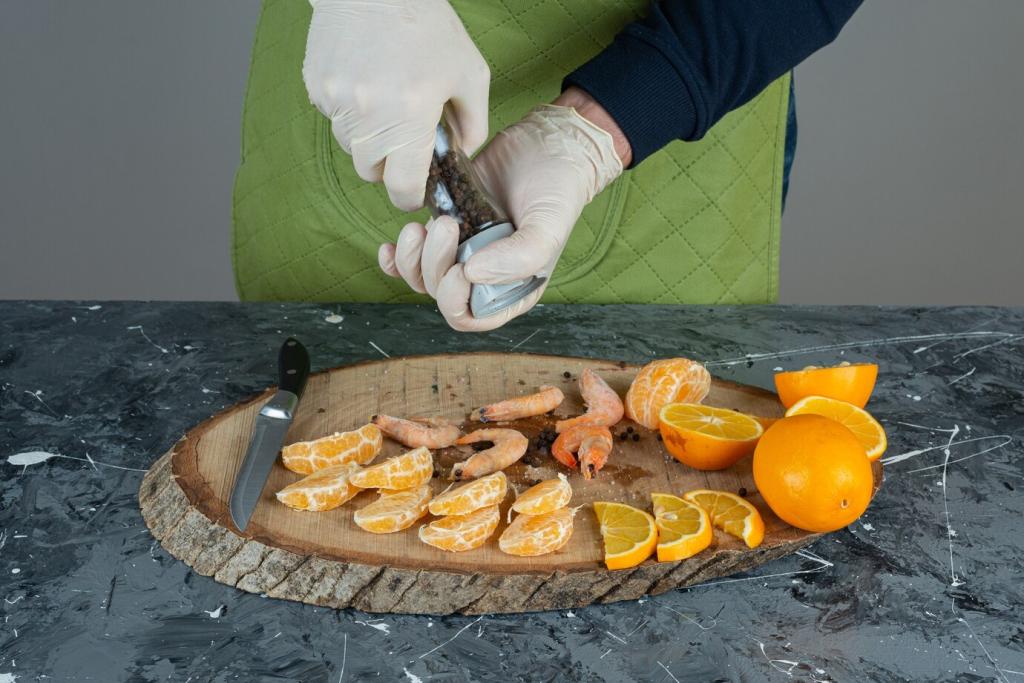
The Emergence of Culinary Robotics
Automation Meets Culinary Arts
The intersection of automation and culinary arts is redefining efficiency and precision. By automating repetitive or strenuous tasks, robots free chefs to focus on high-level culinary creativity. This synergy enables chefs to experiment with new techniques, while ensuring that the fundamentals—like consistent temperature control or precise ingredient measurements—are handled flawlessly. The impact is a kitchen where inspiration and innovation are seamlessly supported by technological muscle, making ambitious creations more achievable.
From Novelty to Necessity
Initially, culinary robots were viewed as fascinating novelties—showpieces for tech exhibits and high-end restaurants looking to make headlines. Today, however, their role has shifted dramatically. Plagued by labor shortages and demands for consistency, restaurants and food production facilities are turning to robotics as a solution for operational challenges. As the technology matures, robotics has evolved from a gimmick into an indispensable part of modern food preparation, shaping how we think about labor, efficiency, and food itself.
Consumer Curiosity and Adoption
As culinary robotics gains visibility, consumers are becoming both curious and receptive to its possibilities. The proliferation of smart kitchen gadgets and automated appliances in homes demonstrates a growing comfort with technology in the kitchen. Whether it’s an app-driven coffee machine or a robot that assists in meal preparation, people are warming to the benefits of automation. This cultural shift is setting the stage for broader acceptance of robotics in everyday cooking, bridging the gap between futuristic promise and present-day utility.
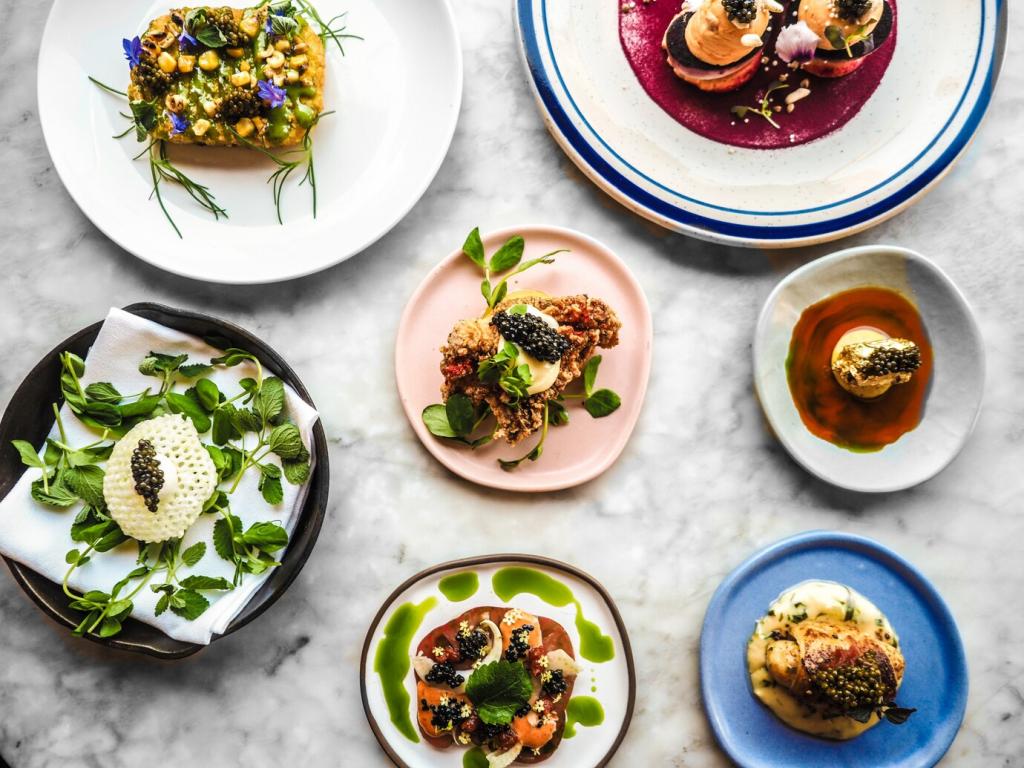
Pioneering Technologies Driving Change
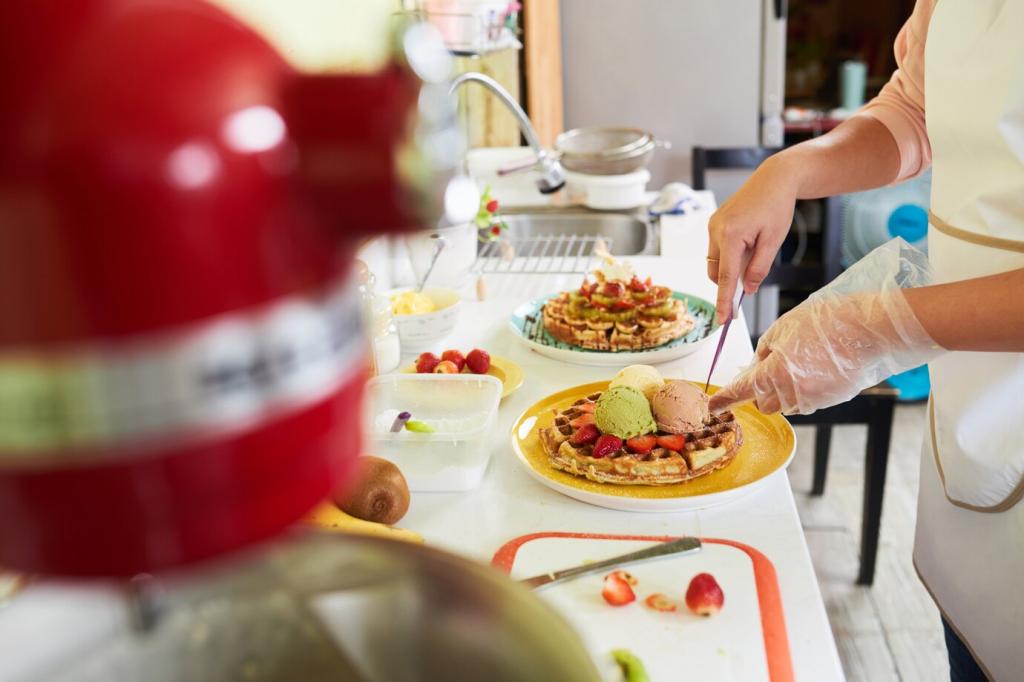
Artificial intelligence (AI) forms the brain of modern culinary robots, enabling them to learn, adapt, and make decisions based on data. With AI, robots can identify optimal cooking times, adjust seasoning to taste, and even detect food spoilage. As they gather data from their environment, these systems continuously refine their movements and strategies, resulting in more nuanced and personalized cooking experiences. The ability of AI-driven robots to integrate feedback and improve over time brings unprecedented efficiency and sophistication to the kitchen.
Redefining the Professional Kitchen
Streamlining Kitchen Operations
Efficient operations are the lifeblood of successful professional kitchens, and robotics offers a new paradigm for achieving them. Automated systems can handle prep work, repetitive cooking tasks, and even cleaning, freeing staff to concentrate on execution and presentation. With robots taking care of the heavy lifting, the entire kitchen workflow becomes smoother and less prone to bottlenecks. The result is faster service, reduced waste, and enhanced profitability, particularly important in today’s competitive hospitality industry.
Elevating Quality and Consistency
Consistency is a defining factor in the success of restaurant brands and franchises, and robotics provides unparalleled control over every aspect of food preparation. Robots can meticulously follow recipes to the letter, ensuring that temperature, seasoning, and portion sizes are uniform with every dish. This capability drastically reduces human error and makes it easier to maintain quality standards across multiple locations. Chefs and restaurateurs now have powerful new tools to deliver exceptional dining experiences every time, building customer trust and loyalty.
Creating New Roles and Opportunities
As robotics becomes a fixture in professional kitchens, job roles are evolving rather than disappearing. Chefs and kitchen staff are taking on new responsibilities in programming, supervising, and maintaining robotic systems. This technological shift encourages skill development in areas like robotics management and culinary engineering, creating opportunities for career growth. Far from rendering humans obsolete, culinary robotics is fostering a new class of culinary professionals who combine traditional skills with technological expertise.
Revolutionizing Home Cooking
From programmable ovens to multi-functional cooking robots, smart kitchen appliances are changing everyday meal preparation. These advanced devices can handle multiple tasks—chopping, sautéing, steaming, and baking—with minimal input from the user. By automating the more time-consuming elements of cooking, smart appliances allow home cooks to experiment with diverse cuisines and focus more on creativity. The integration of intuitive interfaces and app connectivity ensures that even newcomers to the kitchen can prepare impressive dishes with ease.
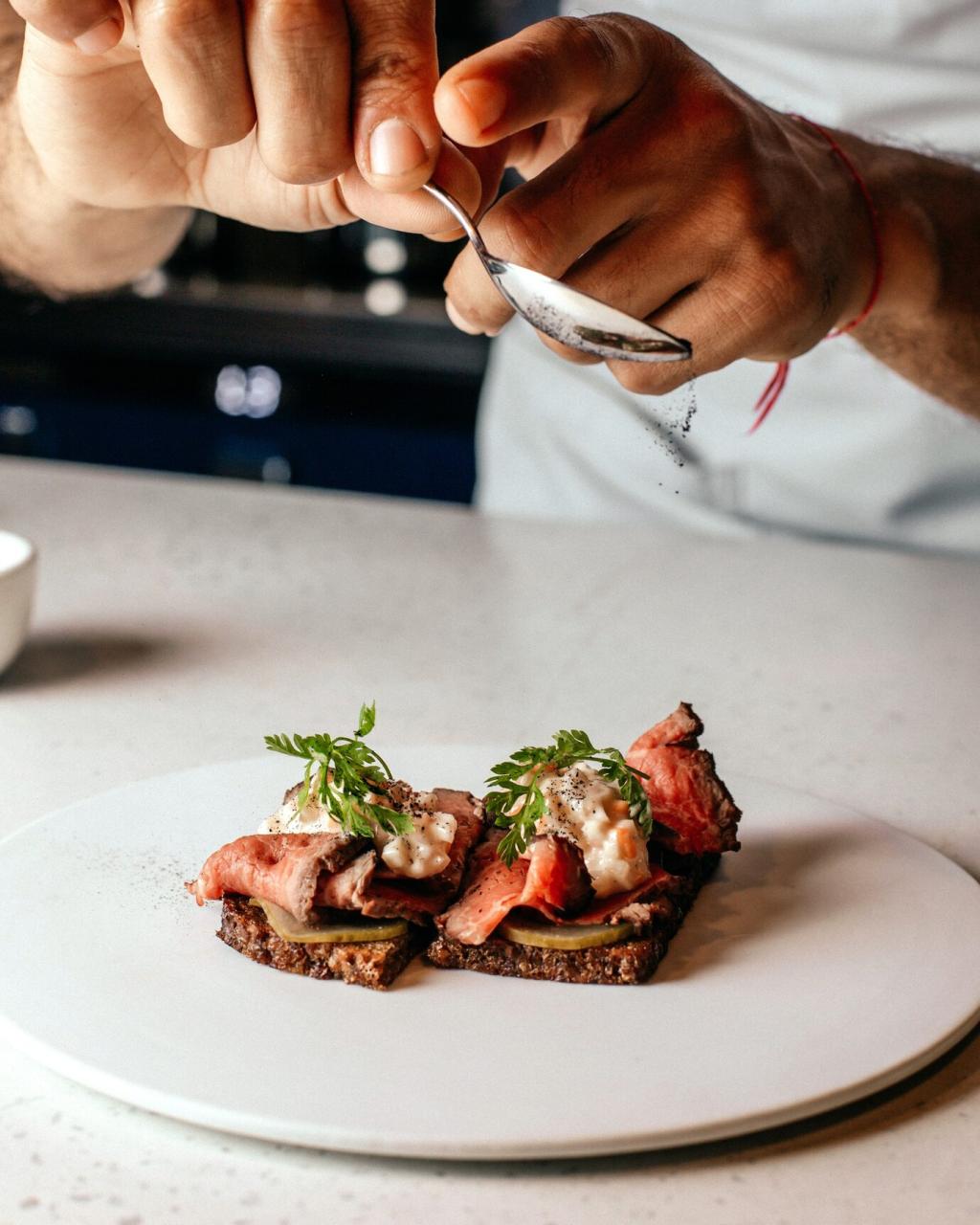
Job Displacement and Retraining
A major concern surrounding culinary robotics is the potential displacement of human workers in kitchens. Automation threatens to replace certain repetitive or low-skill roles, prompting fears about unemployment and the erosion of traditional craftsmanship. However, this shift also presents an opportunity to retrain workers in new skills that complement robotics, such as programming, maintenance, and culinary tech. By investing in education and skills development, the transition can be managed in a way that retains the human element central to the culinary arts.
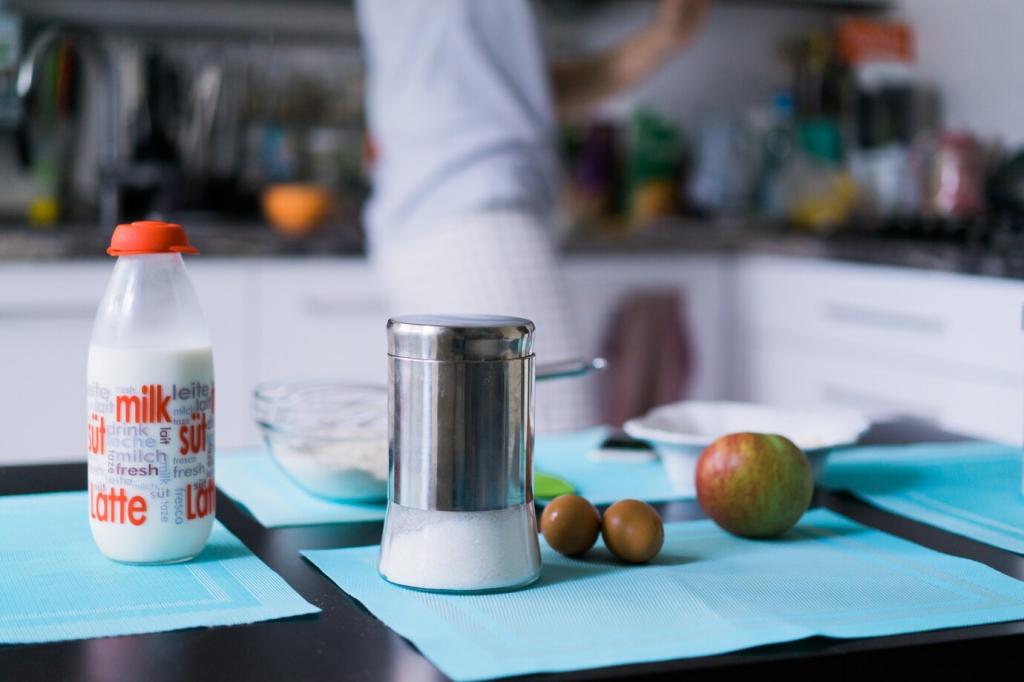
Data Privacy and Security
As robots collect and process vast amounts of data regarding food preparation, dietary habits, and kitchen environments, ensuring privacy and security becomes crucial. There is a risk that personal information could be misused or exploited if not properly safeguarded. Manufacturers and users alike must adopt robust protocols to protect sensitive data, ensuring that the adoption of culinary robotics does not come at the cost of individual privacy. Owning and controlling nutritional data will be an important issue in the years to come.
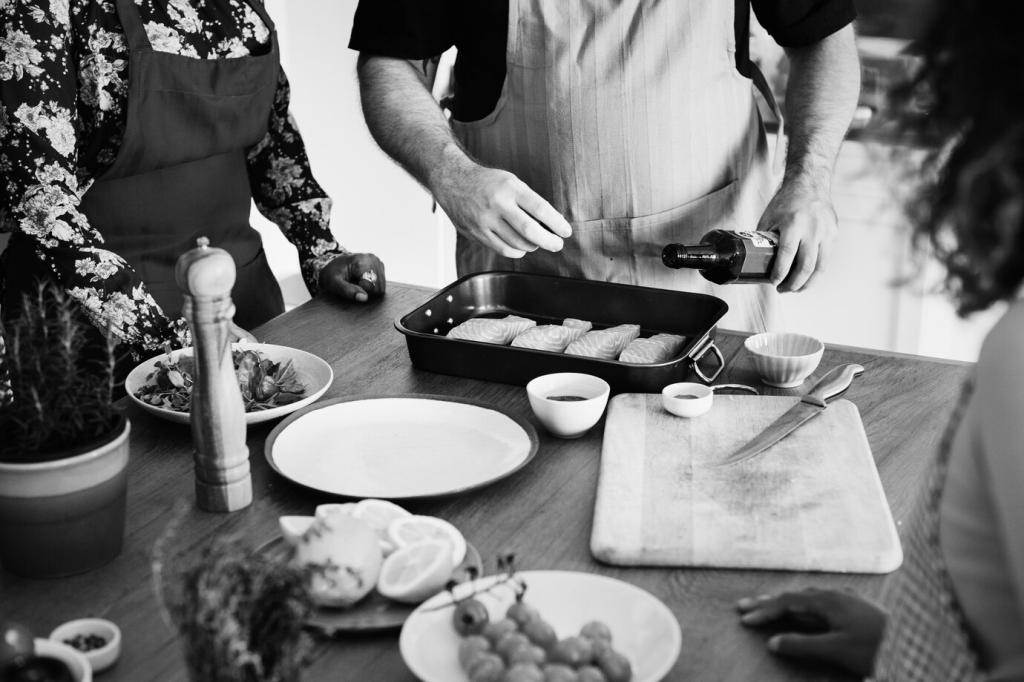
Previous slide
Next slide
Reducing Food Waste
One of the most significant contributions of culinary robotics is its potential to reduce food waste. Robots can be programmed to use ingredients more efficiently, minimize mistakes, and ensure consistent portioning. Through real-time monitoring, robots can identify spoilage early and adjust recipes to utilize ingredients before they go bad. Such precision is critical in large-scale food production, where even small improvements can have a tremendous cumulative impact on sustainability.
Optimizing Resource Use
Culinary robots are designed to maximize efficiency at every stage of food preparation, from storing ingredients to heating and cooling. By optimizing the use of water, energy, and raw materials, robotic kitchens can significantly reduce their environmental footprint. These efficiencies are particularly important in urban environments and regions grappling with resource scarcity. As the technology matures, we can expect even smarter systems that actively seek to minimize their ecological impact while maintaining high culinary standards.
Supporting Alternative Ingredients and Methods
The adaptability of robotics enables seamless integration of alternative ingredients—such as plant-based proteins, novel grains, or lab-grown meats—into everyday cooking. Robots can quickly learn to handle new textures, flavors, and cooking methods, supporting the broader shift towards more sustainable food systems. By making it easier to experiment with environmentally friendly practices and ingredients, culinary robotics is accelerating the transition towards a more resilient, sustainable food future.
